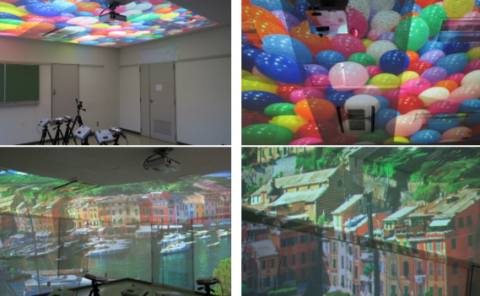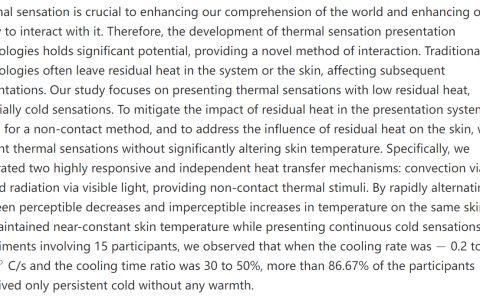Deep Learning on VR-Induced Attention
PubDate: December 2019
Teams: hanghai Jiao Tong University
Writers: Gang Li; Muhammad Adeel Khan
PDF: Deep Learning on VR-Induced Attention

Abstract
Some evidence suggests that virtual reality (VR) approaches may lead to a greater attentional focus than experiencing the same scenarios presented on computer monitors. The aim of this study is to differentiate attention levels captured during a perceptual discrimination task presented on two different viewing platforms, standard personal computer (PC) monitor and head-mounted-display (HMD)-VR, using a well-described electroencephalography (EEG)-based measure (parietal P3b latency) and deep learning-based measure (that is EEG features extracted by a compact convolutional neural network-EEGNet and visualized by a gradient-based relevance attribution method-DeepLIFT). Twenty healthy young adults participated in this perceptual discrimination task in which according to a spatial cue they were required to discriminate either a “Target” or “Distractor” stimuli on the screen of viewing platforms. Experimental results show that the EEGNet-based classification accuracies are highly correlated with the p values of statistical analysis of P3b. Also, the visualized EEG features are neurophysiologically interpretable. This study provides the first visualized deep learning-based EEG features captured during an HMD-VR-based attentional task.



